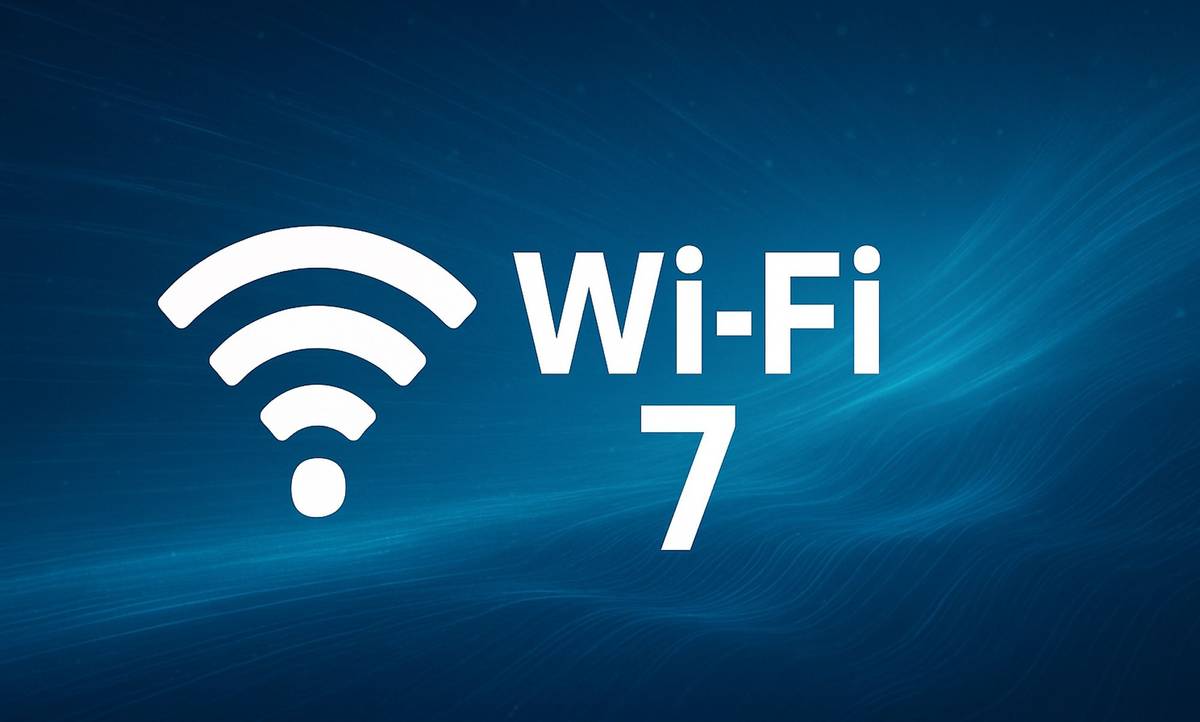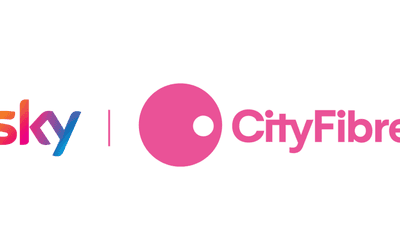The Wi-Fi timeline
To appreciate what Wi-Fi 7 brings to the table, it helps to understand where’s it come from. Would you believe that Wi-Fi speeds from the first version to the latest Wi-Fi 7 have increased by 4,000 times! Impressive stuff, here’s a little lookback at just how far it’s advanced.
Wi-Fi 1 (802.11b) – released in 1999, offering speeds up to 11 Mbps on the 2.4 GHz band. 2.4 GHz is the oldest and most widely used Wi-Fi band. It offers long range and good penetration through walls, but it’s slower and more prone to interference from other household devices like microwaves and cordless phones.
Wi-Fi 2 (802.11a) – also launched in 1999, but on the 5 GHz band, with higher speeds (up to 54 Mbps) and less interference. 5 GHz is faster and less crowded, making it great for things like HD streaming and gaming. However, it has a shorter range and doesn’t travel through obstacles as well as 2.4 GHz.
Wi-Fi 3 (802.11g) – arrived in 2003, combining 2.4 GHz operation with speeds up to 54 Mbps.
Wi-Fi 4 (802.11n) – introduced in 2009, supported both 2.4 GHz and 5 GHz, with speeds up to 600 Mbps.
Wi-Fi 5 (802.11ac) – launched in 2014, focused on 5 GHz with speeds exceeding 1 Gbps.
Wi-Fi 6 (802.11ax) – rolled out in 2019, brought major efficiency and speed upgrades, including better performance in device-dense environments.
Wi-Fi 6E – an enhancement of Wi-Fi 6, it added access to the 6 GHz band for reduced congestion. 6 GHz offers ultra-fast speeds, low latency, and a lot more available channels, which reduces congestion – ideal for busy homes with multiple high-demand devices.
Now, Wi-Fi 7 is here, offering theoretical speeds up to 46 Gbps, wider channels (up to 320 MHz) and multi-link operation, allowing devices to transmit across multiple bands simultaneously. Using all three bands (2.4 GHz, 5 GHz and 6 GHz) together maximises performance as it dynamically chooses the best option depending on what you’re doing and where you are in your home.
What exactly is Wi-Fi 7?
Wi-Fi 7, officially known as IEEE 802.11be Extremely High Throughput (EHT), is the newest Wi-Fi standard and a major leap in performance. It builds on Wi-Fi 6 and 6E, taking full advantage of the 2.4 GHz, 5 GHz, and 6 GHz bands, while adding a host of powerful new features, such as:
Faster speeds – theoretical maximum speeds of up to 46 Gbps, that’s four times faster than Wi-Fi 6’s 9.6 Gbps.
Wider channels – supports 320 MHz channels, double what Wi-Fi 6E could handle.
Multi-Link Operation (MLO) – devices can now connect across multiple bands at once, improving reliability and reducing latency.
Lower latency – crucial for online gaming, 4K/8K streaming, AR/VR, and real-time video calls.
More device support – better performance in high-density environments with routers claiming the ability to handle 200+ devices without compromising on speed or signal quality.
Wi-Fi 7 makes your wireless connection faster, smarter, and more reliable – especially as the number of devices per household continues to rise.
Do you actually need Wi-Fi 7?
Here’s the catch: your devices need to support Wi-Fi 7 to benefit from all the bells and whistles. At the time of writing (April 25), only a handful of high-end smartphones and laptops (mostly launched in 2024 or later) come equipped with Wi-Fi 7 chipsets.
If your current devices don’t support it, a Wi-Fi 7 router might still improve connectivity for older tech — but you won’t get the full speed or latency improvements until you upgrade your hardware. So, you’ll be paying a premium for Wi-Fi 7 – it’s very expensive currently – and you won’t actually be able to reap any of the benefits.
The ecosystem is still growing, so while future-ready, it may not be essential for everyone just yet.
Wi-Fi 7 in the UK: which providers offer it?
The quick answer is – not many! Currently only four forward-thinking broadband providers in the UK have begun integrating Wi-Fi 7 hardware into their packages:
EE
Offers the Smart Hub Pro, a Wi-Fi 7 router available with Full Fibre 1.6 Gbps plans or as a paid upgrade.
Zen Internet
This Rochdale-based broadband alt-net were actually the first UK provider to launch a Wi-Fi 7 router. Its eero Max 7 comes as an upgrade option on all its Full Fibre Max packages.
Connect Fibre
Offers Wi-Fi 7 routers on all fibre broadband packages at no extra cost, now including 250 Mbps entry-level speeds.
BeFibre
This is a ‘coming soon’, but BeFibre is launching Wi-Fi 7 routers and extenders in Q2 2025 as part of a partnership with Heights Telecom.



